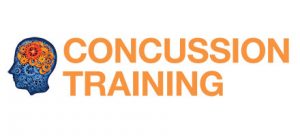Management of suspected SCI
The first stage in the management of a suspected spinal cord injury follows the basic life support principles of resuscitation.
These are embodied in the initials DRSABC (which stand for danger, response, send for help, airway, breathing, circulation) but in the context of suspected spinal cord injuries, we had a plus to be A to remind us that we need to look after the airway PLUS add cervical spine control.
As in the case of all resuscitation, if oxygen therapy is available it should be administered at a concentration of 100% and 10 to 12 Litres per minute.
As a basic principle, the head should be maintained in the neutral position, whether spine is neither flexed, extended, latterly flexed to either side or rotated.
The head should be supported with Manual Inline Support to maintain this position. Traction should not be used (do not pull on the neck) bearing in mind that some injuries can be caused by forces which separate the spinal vertebrae and compromise the spinal cord.
Critically, the neck should be immobilised AT, ABOVE and BELOW the suspected level of injury, and were spinal immobilisation equipment is available for this purpose it should be used.
The majority of this management deals with cervical spine injuries, given that they are not only the most common, but being high in the neck they potentially affect all four limbs: in most cases they are therefore the most significant clinically.
Therefore in terms of immobilisation, the focus is on splinting of the neck and the use of devices that assist at, above and below this region.
Nonetheless, the same principles apply to the thoracic and lumbar spine.


